Secretary General of the Supreme Council of Antiquities (SCA) Mostafa Waziry on Thursday inaugurated the newly-restored 17th century Sabil Ahmed Effendi Salim and 13th century Dome of the Abbasid Caliphs in Historic Cairo.
The sabil (water dispenser) was built in 1699 by Ahmed Effendi Salim, an influential noble during the reign of Ottoman governor Kara Mehmed Pasha. Located in Sayeda Zeinab district, the sabil consists of a rectangular space with the sabil room on the left and a staircase to the kuttab (school for children) on the right.
The Dome of Abbasid Caliphs lies next to the Mosque of Sayyida Nafisa in el-Khalifa. It was built by Shajar al-Durr, wife of the Ayyubid Sultan Najm al-Din Ayyub in 1241. It contains eight coffins and tombstones for two of the Abbasid caliphs, six tombstones for six sons of the Abbasid caliphs and nine for their descendants, in addition to a tombstone for a son of Sultan al-Zahir Baybars al-Bunduqdari.
The dome is approximately 9.5 metres square. Its sides are decorated with stucco windows overlaid with coloured glass. The plaster is also painted in green, red, gold and black watercolours and is considered the last word in beauty and taste.
Waziry said these two sites are valuable additions to the country’s Islamic monuments, providing visitors new places to see, especially in the district of Historic Cairo, which is an important and distinguished tourist destination and is listed as a UNESCO Heritage Site.
Hisham Samir, who is General Supervisor of the Historic Cairo Project, said the restoration work on these two monuments was part of a project to save 100 buildings in Historic Cairo which started in 2015.
The walls, wooden floors and ceilings of the sabil were treated, damaged stones, and decorative elements and texts were restored as were the marble decorations, Samir said.
Interior lighting as well as lighting for the facades and the external yard (landscape) has been improved after a protective wall was erected for the site, he added.
As for the restoration of the mausoleum, the stone walls, wooden doors, written texts, plaster window frames and the ceiling were treated to remove accumulated salts and structural support and ventilation were improved, and electrical work and the lighting system in the dome were overhauled, he said.
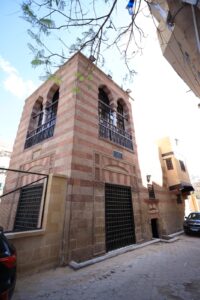
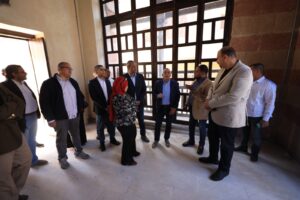
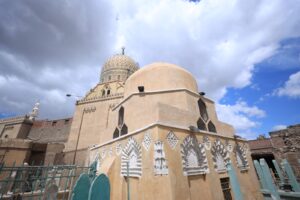
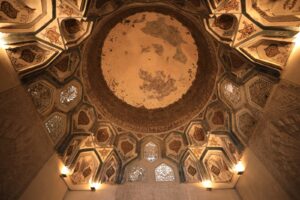
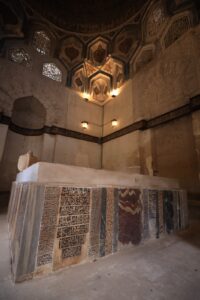
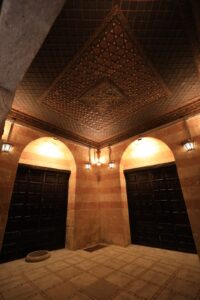
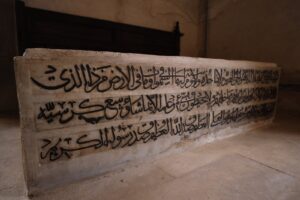



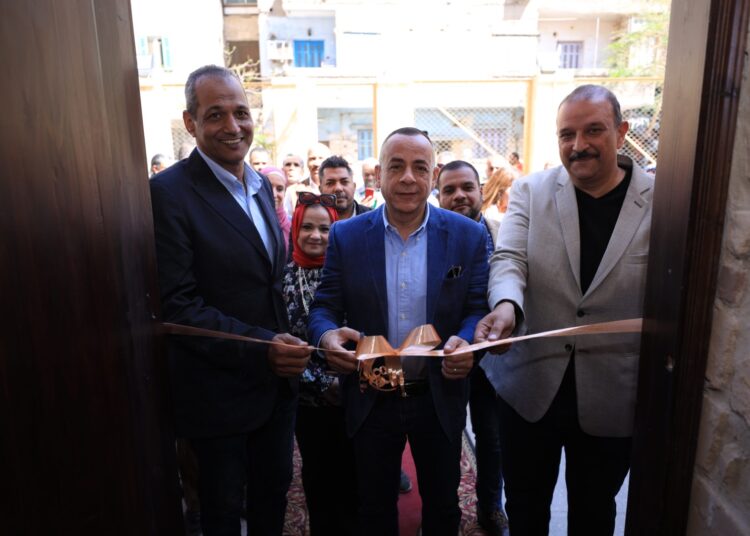


Discussion about this post